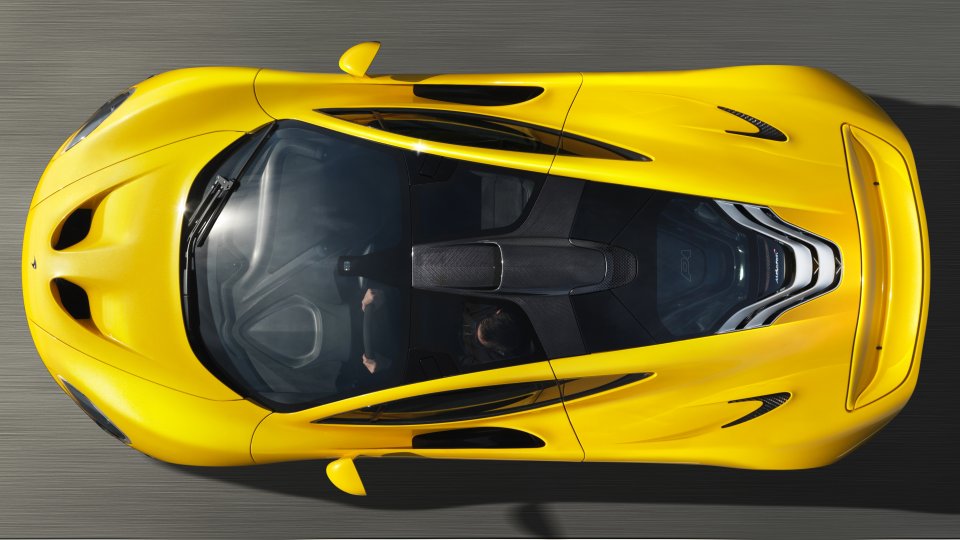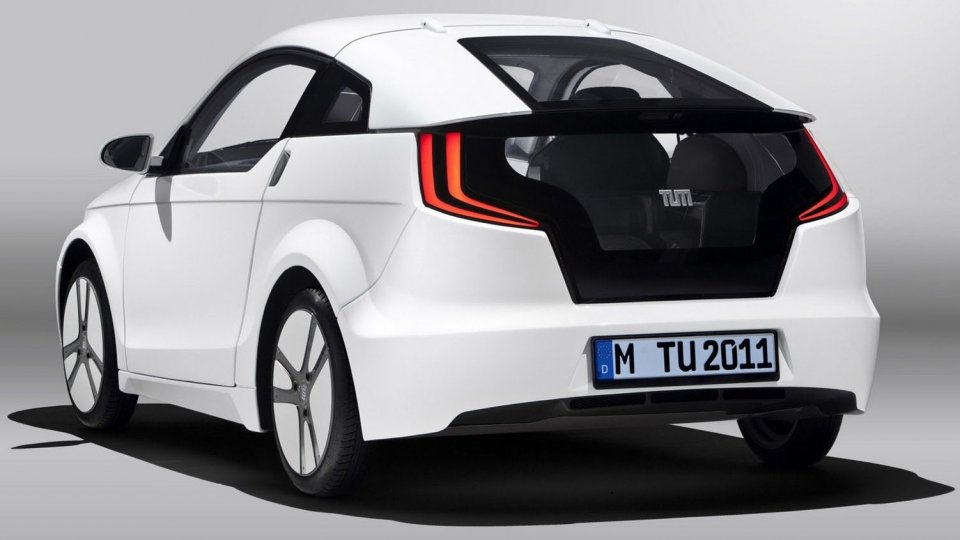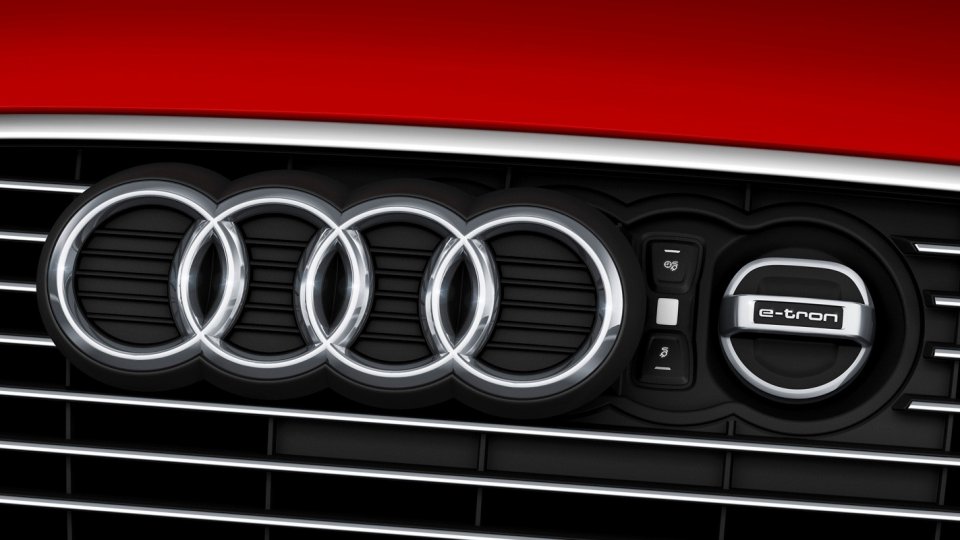A new strategy of the Union for the alternativ fuels
The european transport depends on a large scale on the imported crude oil, therefore a newly appointed strategy of the Union aims the development and integration of the charging station network of the alternativ fuels.
The new strategy of the European Union till 2020 obtains the significant spread of the use of the alternativ fuels. The earlier initiatives aimed in the first instance the development of the vehicles and fuels, at the same time the basic requirement of the spread of the clean fuels is to establish the proper charging station network, so therefore the new strategy concentrates on the development and integration of this on a european level.
The spread of the alternativ fuels is hindered by more factors as well. The clean powered vehicles are less bought, because they are more expensive and there are only a few charging stations for them. Though the network isn't developed until there is enough number of vehicles which would use that; furthermore the price of the vehicles doesn't decrease until the manufacturers are able to sell them in bulk. The „Clean power for transport" strategy of the European Union may break the cycle which determines till 2020 on a european level the integration and development of the network of such alternativ fuels like the electric energy, hydrogen and natural gas.
Already today there is a significant number of electric charging stations available in the area of the European Union, though the deployment of these is not balanced by a long chalk: in West – Europe per country there is more than one thousand available, whereas in Hungary and in the further countries of the region there can be hardly a dozen charging points used by the vehicles. According to the strategy of the Union by 2020 there would be about 7000 charging points established in Hungary, whereas in Germany 150 thousands, in Italy 125 thousands, in the United Kingdom 122 thousands would be available in 7 years time. At the present only a few thousand electric vehicles are sold even in that member states which are better equipped with the charging points, but due to the plans by 2020 there will be already about one million electric vehicles cruising on the roads of Germany, 1.55 millions in the United Kingdom, two millions in France and 2.5 millions in Spain. The spread of them could be supported by that statement of the strategy that from now on the plug with the sign „Type 2" counts as standardized in the European Union.

There can be by far less hydrogen charging stations found: we can count worldwide with about 200 charging points from which 120 can be found in the European Union, first of all in Germany, Italy and in Denmark. Also from fuel cell vehicles there aren't cruising much more than a few hundreds on the roads, and their number won't exceed the few thousands. So the goal of the strategy is primarily not to increase the number of the hydrogen charging stations, but the integration of the plug – in points.
A similar is aimed for the compressed gas as well, the suggestion of the EU ensures that by 2020 there will be a network of charging stations ( which are based on a common standard, and will be available for everybody) where the distance between the charging points is not more than 150 kms. Thanks to the enlargement the present number of the CNG powered vehicles is about one million and this would increase ten – fold in the next seven years.
The liquid natural gas is currently used also for the fuel of the trucks and ships. It was determined among the objective that LNG charging stations have to be established each 400 kms along the main european roads, and charging points have to be installed in every bigger harbours of the Union as well. The strategy doesn't discuss the spread of the liquid propane – butane gas (LPG) and biofuels belonging to the alternativ fuels, because the supply newtwork of these is already adequately dismantled.
If the expectations of the Union prove to be true, the european economy will be able to utilize it's resources more efficiently and so it may be independent from the imported crude oil on a large scale. Nevertheless, the decrease of the emission of hazardous substances can significantly moderate the number of the deaths caused by the air pollution. The development of the network of the charging stations shouldn't have to be financed by the certain member states absolutely from public funds, because a subsidy of the European Union can also be claimed for this issue, and in accordance with the conclusion of the strategy the investments can be motivated by the modification of the local regulations as well.
EU launches clean fuel strategy (.pdf)






